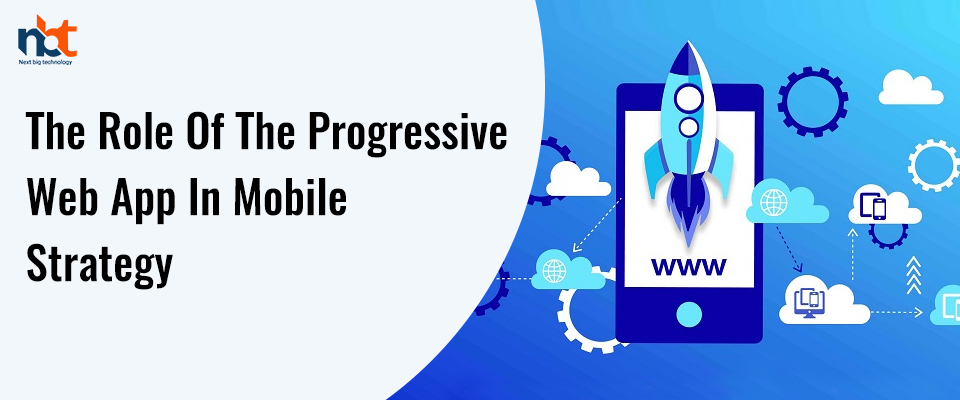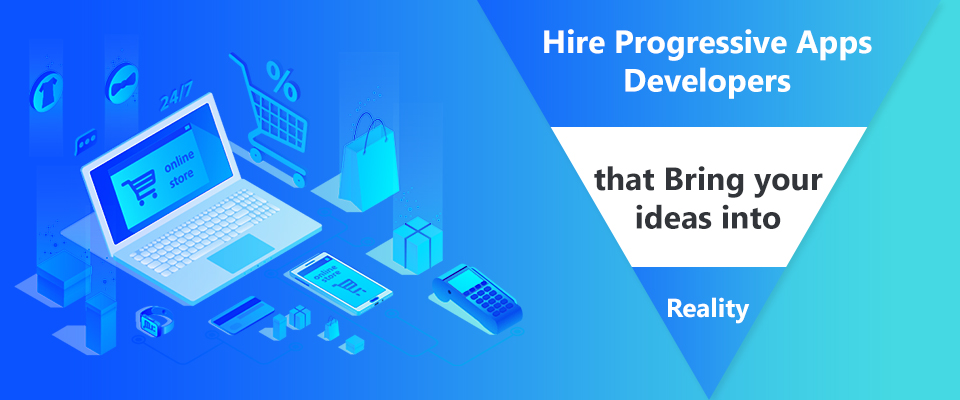Google and Search engines are considering the trends in the easy availability of web development company. People are implementing it to attain the ranking factors for their businesses. This industry surrounds the mobile search and growth in this platform. The importance of mobile optimization and the loss of traffic can be essential for the app business today. However, the use of progressive web apps can get assistance with basic search queries.
PWA is a very essential technical structure that consists of various service components that are as follows:
- HTTP
The web application must be delivered through a secure protocol (HTTPS) to become a progressive web app (PWA). Therefore, obtaining an SSL certificate is a prerequisite for progressive web app development companies.
- The Web App manifest
The Web App manifest or a JSON file is the first component that provides the progressive or the native app interface appearance. It allows the PWA developer to control the way how the app is displayed to the user and how it can be launched. An app development expert can find a centralized place for the web app’s metadata. The manifest usually contains starting URL, the full and short name of the app, links to icons and icons’ sizes, type, and location. They can also define a splash screen and a theme color for the address bar.
- Service worker
In a progressive web app development, a service worker is an intermediary or agent between the browser/application and the server/network. They are responsible to process network requests and send them to the server and receive server response and send it to the browser again. The service worker is in charge of caching the first-time page load through the browser’s cache API and returns the cached page to the user in offline mode. This service helps the companies in instant page loading.
Also read: What is Progressive Web App and Why it is Important
- Offline work mode – The service worker enables the user to cache an application shell (interface) to load it instantly on repeat visits. The necessary dynamic content is refreshed every time when the connection is back. It includes message or payment history, shopping cart, avatars, etc. These mechanics functions with decent app performance and improved user experience. For instance, a messenger user will not find the difference between the online and offline modes regarding the interface. It still works with the availability of message history. However, messaging always requires a connection.
- Push notifications – Push notifications are considered an efficient tool for user re-engagement through the content and prompt updates from websites that users like. Progressive web apps can send push notifications even while the browser is closed, and the app is not active.
- Background synchronization – The service worker is in charge of this feature. It delays actions until stable connectivity is returned. For instance, the message sent right before the connection fails will be marked as sent. Later, it will be delivered as soon as the service is restored. Therefore, the servers can send periodic updates to the app that allows it to update itself when the connection is restored. Thanks for reading it !!












